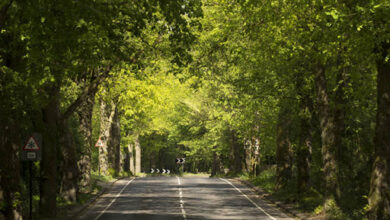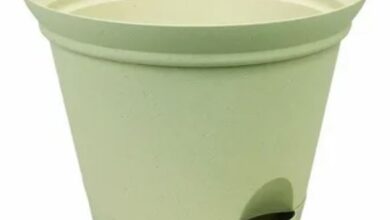Which Flowers Are Deer-Resistant for My Garden?
If deer are frequent visitors to your garden, choosing the right flowers can help keep your garden looking beautiful while deterring these hungry animals. Hire Gardener in Hamptons can offer customized advice based on your specific location and deer activity, but here are some reliable options for deer-resistant flowers that can add color and interest to your garden.
Understanding Deer Preferences
Deer tend to avoid plants that have strong scents, tough or fuzzy leaves, and those with toxic properties. By selecting flowers that fall into these categories, you can reduce the likelihood of deer munching on your garden.
Deer-Resistant Flower Varieties
1. Lavender (Lavandula spp.)
Characteristics: Lavender is known for its aromatic leaves and lovely purple flowers. Its strong scent is unappealing to deer, making it a great choice for keeping them at bay.
- Sunlight: Thrives in full sun.
- Soil: Prefers well-drained soil.
2. Marigolds (Tagetes spp.)
Characteristics: Marigolds produce vibrant orange and yellow flowers. Their strong scent and bitter taste make them unappealing to deer.
- Sunlight: Prefers full sun.
- Soil: Grows well in a variety of soil types, though it prefers well-drained soil.
3. Daffodils (Narcissus spp.)
Characteristics: Daffodils are spring-blooming bulbs with bright yellow, white, or orange flowers. They contain toxins that deter deer and other pests.
- Sunlight: Best in full sun to partial shade.
- Soil: Prefers well-drained soil.
4. Russian Sage (Perovskia atriplicifolia)
Characteristics: This plant offers striking silver foliage and spikes of blue flowers. Its strong fragrance and tough leaves are not favored by deer.
- Sunlight: Thrives in full sun.
- Soil: Adaptable to various soil types, prefers well-drained soil.
5. Coneflower (Echinacea spp.)
Characteristics: Coneflowers have large, daisy-like blooms in shades of pink, purple, and white. Their robust structure and taste are less appealing to deer.
- Sunlight: Prefers full sun.
- Soil: Grows well in well-drained soil.
Planting Strategies for Deer-Resistant Gardens
1. Grouping and Placement
Plant in Clusters: Plant deer-resistant flowers in groups or clusters rather than single specimens. This creates a more substantial presence and makes it less likely for deer to ignore them.
Strategic Placement: Position deer-resistant plants around the perimeter of your garden or near other plants that deer might be tempted to eat. This creates a natural barrier that can deter deer from venturing further into your garden.
2. Companion Planting
Mix with Other Plants: Combining deer-resistant flowers with plants that deer typically avoid, such as those with strong scents or spiky textures, can further discourage deer from browsing.
Create Layers: Use a mix of ground covers, shrubs, and flowers to create a layered garden that makes it harder for deer to reach your prized blooms.
Additional Tips for Keeping Deer Away
1. Use Deer Repellents
Natural Repellents: Homemade deer repellents, like a mixture of garlic and hot pepper, can be sprayed on plants to make them less appealing to deer.
Commercial Products: There are also commercial deer repellents available that use a variety of ingredients to keep deer at bay. Be sure to follow the application instructions for best results.
2. Install Physical Barriers
Fencing: A well-installed fence can be an effective way to keep deer out of your garden. Fences should be at least 8 feet tall, as deer can jump quite high.
Netting: For smaller areas or individual plants, netting can provide an additional layer of protection against deer.
3. Maintain Garden Cleanliness
Remove Debris: Keep your garden clean and free of fallen leaves and plant debris that might attract deer. A tidy garden is less inviting to these animals.
Trim Back Plants: Regularly trim back any plants that might provide cover or additional food sources for deer.
Conclusion
Choosing deer-resistant flowers and employing effective planting strategies can help you maintain a beautiful garden without the constant worry of deer damage. By incorporating flowers like lavender, marigolds, daffodils, Russian sage, and coneflowers, and using additional deterrents such as repellents and barriers, you can create a garden that is both attractive and resilient against deer. With a bit of planning and care, you can enjoy a vibrant and flourishing garden despite the challenges posed by local wildlife.


